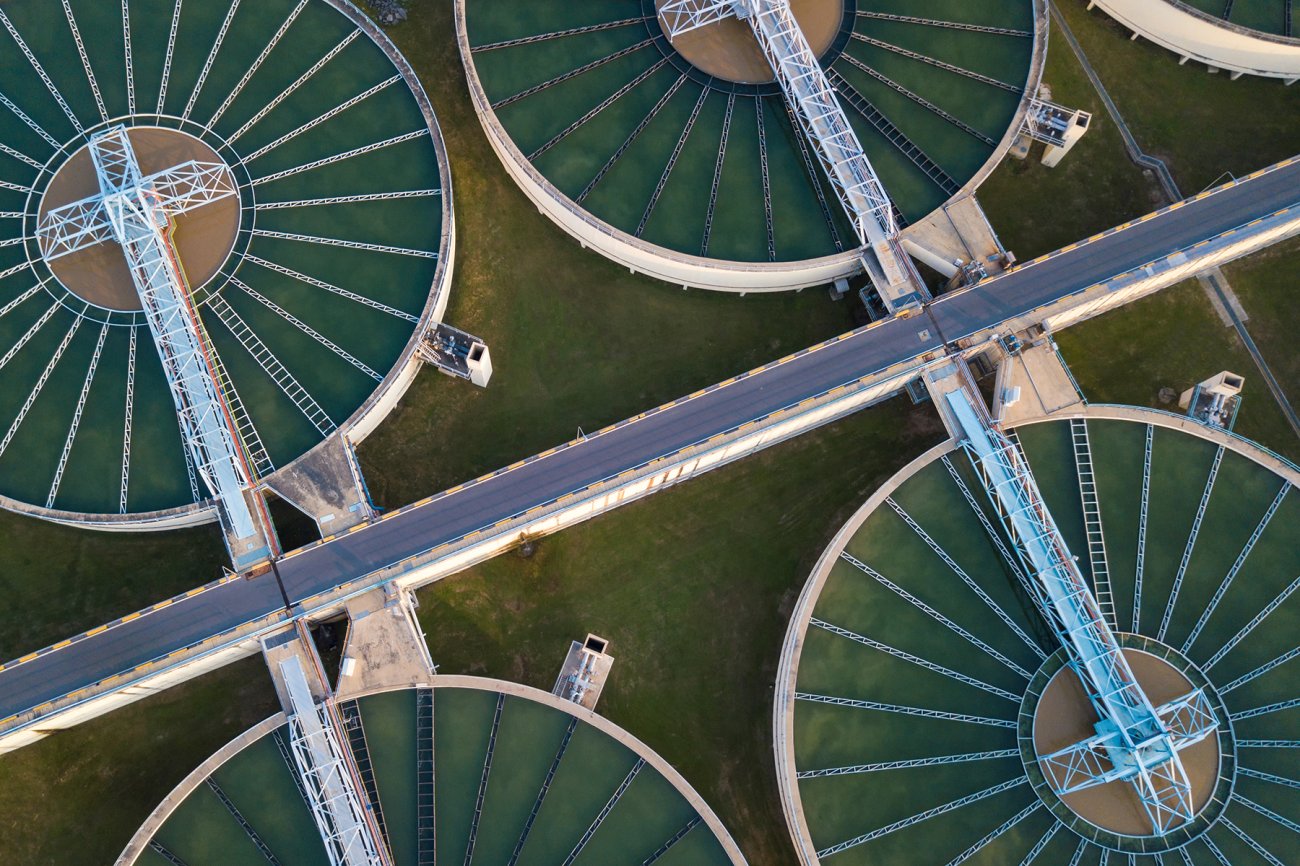The Basic Principles Of Reclaim Waste
The Basic Principles Of Reclaim Waste
Blog Article
The Ultimate Guide To Reclaim Waste
Table of ContentsReclaim Waste Fundamentals ExplainedAn Unbiased View of Reclaim WasteLittle Known Questions About Reclaim Waste.10 Easy Facts About Reclaim Waste ShownThe Basic Principles Of Reclaim Waste
Explore the types, incidents, and kinds of fluid waste. Domestic sewage waste describes the waste and products from a residential septic system. This type of waste is created by people in homes, colleges, and other structures. This only includes septic systems that have a drainpipe area. The proper administration and disposal of residential sewer waste call for fluid waste to be moved to a sewage treatment plant where the proper approaches and tools are used to purify and get rid of waste.
Industrial waste usually includes prospective dangers, such as flammable materials or a blend of fluid and solid waste items, and calls for a much more advanced and in-depth disposal procedure. The disposal of business waste generally involves the filtering of waste before transportation to guarantee risk-free and proper disposal. Industrial waste is developed from by-products and runoff of commercial procedures and production.
This type of waste can not utilize the very same sewer administration transport or procedures as septic or industrial fluids. The hazardous waste administration procedure requires the evaluation and screening of fluid waste prior to it goes through the disposal process (liquid waste removal). Overflow waste is the fluid waste that comes from runoff and excess stormwater in extremely inhabited locations or cities
Drainage waste can cause contamination and flooding if not handled properly. Guaranteeing appropriate waste administration can stop disasters and lower environmental injury.
An Unbiased View of Reclaim Waste
Get in touch with PROS Services today to find out regarding our waste monitoring and disposal services and the proper methods to look after the fluid waste you generate.
(https://www.gaiaonline.com/profiles/reclaimwaste1/46907679/)This supposed 'wastewater' is not only an important source yet, after therapy, will certainly be launched to our land, waterways or the ocean. Made use of water from bathrooms, showers, baths, kitchen sinks, laundries and industrial procedures is known as wastewater.

water utilized to cool down machinery or tidy plant and tools). Stormwater, a kind of wastewater, is drainage that moves from farming and urban areas such as roof coverings, parks, gardens, roadways, courses and seamless gutters into stormwater drains, after rainfall. Stormwater moves neglected directly to regional creeks or rivers, ultimately reaching the ocean.
Things about Reclaim Waste
In Queensland, the majority of wastewater is dealt with at sewer treatment plants. Wastewater is transported from residential or commercial websites through a system of drains and pump stations, recognized as sewerage reticulation, to a sewer therapy plant. City governments develop, preserve and operate most sewer treatment plants. Operators are licensed under the Environmental Defense Act 1994 to discharge treated wastewater at an acceptable environmental requirement right into rivers.
The Division of Natural Resources advises city governments concerning managing, operating and keeping sewage systems and therapy plants. In unsewered locations, neighborhood governments may require owners to mount individual or house sewage therapy systems to deal with domestic wastewater from bathrooms, cooking areas, washrooms and washings. The Department of Natural Resources authorises using family systems when they are verified to be effective.
Most stormwater receives no treatment. In some new communities, therapy of some stormwater to eliminate clutter, sand and gravel has started utilizing gross toxin catches. Wastewater therapy takes place in four phases: Removes strong matter. Larger solids, such as plastics and various other objects wrongly released to sewers, are gotten rid of when wastewater is gone through displays.
Wastewater then moves right into huge storage tanks where solids work out and are removed as sludge. Oil and scum are skimmed from the surface area. Utilizes small living microorganisms called micro-organisms to break down and eliminate continuing to be liquified wastes and great fragments. Micro-organisms and wastes are integrated in the sludge. Removes nitrogen and phosphorus nutrients that can trigger algal blooms in our waterways and threaten water life.
Excitement About Reclaim Waste
Nutrient elimination is not offered at all sewage therapy plants since it requires costly specialised equipment. It is becoming much more usual in Queensland. Clear liquid effluent produced after therapy may still contain disease-causing micro-organisms. If this effluent is launched right into waterways such as rivers or the sea, the micro-organisms will at some point pass away out.

Many wastewater streams into the sewerage system. Under the Act, local federal governments carry out approvals and permits for ecologically pertinent activities Get More Info (Periods) entailing wastewater releases that might have a neighborhood impact.
The smart Trick of Reclaim Waste That Nobody is Talking About
Monitoring offers accurate info about water quality and can confirm that permit problems are being fulfilled. The info obtained with surveillance provides the basis for making water quality choices.
Report this page